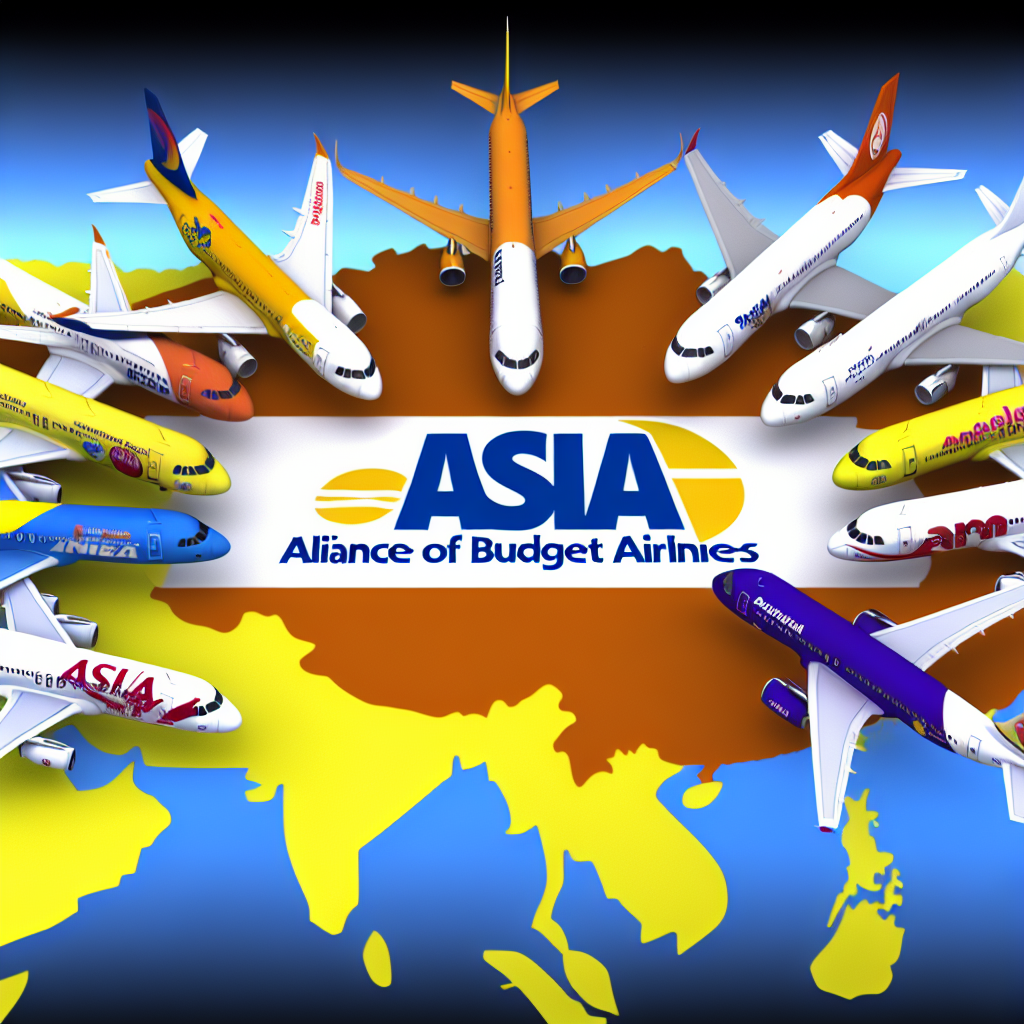Asian Budget Airlines Form Alliance to Expand Regional Connectivity
In a significant move set to reshape the aviation landscape in Asia, several leading budget airlines have announced a strategic alliance aimed at enhancing regional connectivity. This collaboration is expected to offer travelers more affordable, convenient, and extensive flight options across Asia’s rapidly growing markets. As the demand for air travel surges in the region, this alliance could be a game-changer for both passengers and the airlines involved.
Background: The Rise of Budget Airlines in Asia
Asia has witnessed a remarkable boom in low-cost carriers (LCCs) over the past decade. According to the International Air Transport Association (IATA), Asia-Pacific is the fastest-growing aviation market globally, with passenger numbers expected to double by 2037. Budget airlines have played a pivotal role in this growth by making air travel accessible to a broader demographic.
Some of the most prominent budget airlines in Asia include:
- AirAsia (Malaysia)
- IndiGo (India)
- Scoot (Singapore)
- Jetstar Asia (Singapore)
- Peach Aviation (Japan)
These carriers have thrived by offering no-frills services, competitive pricing, and efficient operations, catering primarily to price-sensitive travelers and short-haul routes.
The Alliance: Objectives and Strategic Benefits
The newly formed alliance, tentatively named the “Asian Budget Connect,” brings together several of these key players to create a more integrated network. The primary objectives of this alliance include:
- Expanded Route Networks: By pooling resources and coordinating schedules, member airlines can offer passengers seamless connections across a wider range of destinations.
- Cost Efficiency: Joint procurement, shared ground services, and coordinated marketing efforts can reduce operational costs.
- Improved Customer Experience: Unified booking platforms and aligned loyalty programs aim to enhance convenience for travelers.
- Competitive Edge: The alliance positions member airlines to better compete with full-service carriers and other regional alliances.
For example, a traveler flying from Kuala Lumpur to Tokyo could benefit from a single booking that combines AirAsia’s and Peach Aviation’s flights, reducing layover times and simplifying the travel process.
Case Study: AirAsia and Scoot’s Collaborative Efforts
Before the formal alliance, some budget airlines had already experimented with partnerships. AirAsia and Scoot, for instance, have codeshared on select routes, allowing passengers to book connecting flights under one ticket. This collaboration has led to a 15% increase in passenger traffic on shared routes within the first year, according to company reports.
Such successes have demonstrated the potential benefits of a broader alliance, encouraging more airlines to join forces.
Challenges and Considerations
While the alliance promises numerous advantages, it also faces several challenges:
- Regulatory Hurdles: Aviation regulations vary widely across Asian countries, potentially complicating cross-border cooperation.
- Operational Integration: Aligning different IT systems, customer service standards, and operational procedures requires significant investment and coordination.
- Brand Identity: Maintaining individual airline brands while promoting a unified alliance can be a delicate balance.
Despite these challenges, the potential rewards make the alliance a compelling proposition for all parties involved.
Impact on Regional Connectivity and Economy
The alliance is expected to significantly enhance regional connectivity by:
- Opening up new direct and connecting routes between secondary cities, which are often underserved by full-service carriers.
- Stimulating tourism and business travel by making airfares more affordable and travel more convenient.
- Supporting economic growth by facilitating trade and investment flows across Asia.
According to a 2023 report by the Asian Development Bank, improved air connectivity can boost GDP growth by up to 1.5% annually in emerging Asian economies, underscoring the broader economic benefits of such alliances.
Conclusion
The formation of an alliance among Asian budget airlines marks a pivotal development in the region’s aviation sector. By combining their strengths, these carriers are poised to offer travelers enhanced connectivity, lower costs, and improved service quality. While challenges remain, the alliance’s potential to transform regional air travel and stimulate economic growth is undeniable. As Asia continues to emerge as a global aviation powerhouse, such collaborative efforts will be crucial in meeting the evolving demands of millions of passengers across the continent.





